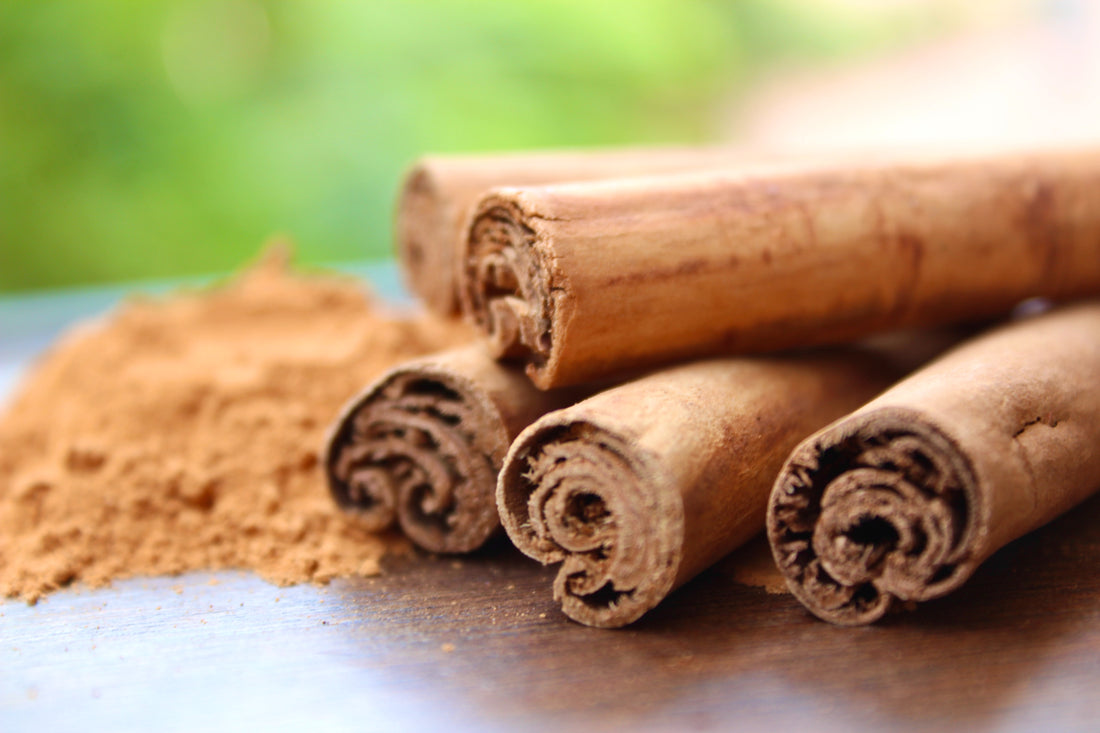
Ceylon Cinnamon vs. Cassia: Spice Showdown with Ceylon Especias!
Share
Introduction
Cinnamon, a fragrant spice that has been cherished for centuries, adds warmth and depth to countless dishes, from sweet desserts to savory stews. While most of us simply think of it as "cinnamon," there are actually two main types: Ceylon Cinnamon and Cassia. In this blog post, we'll take a closer look at the differences between these two cinnamon varieties and introduce you to Ceylon Especias, a brand that's passionate about bringing the finest Ceylon Cinnamon to your kitchen.
The Cinnamon Conundrum
Before diving into the specifics of Ceylon Cinnamon and Cassia, let's briefly discuss why the distinction matters. Both types come from the bark of trees, but they have distinct flavors, appearances, and even nutritional profiles. Knowing the differences can elevate your culinary creations to new heights.
Ceylon Cinnamon: The True Cinnamon
Ceylon Cinnamon, often referred to as "true cinnamon" or Cinnamomum verum, is native to Sri Lanka (formerly Ceylon), and it's where it gets its name. This variety is known for its mild, sweet, and delicate flavor. Ceylon Cinnamon boasts a pale, light tan color and a fine, crumbly texture. Its subtle taste makes it perfect for desserts, delicate pastries, and adding a nuanced sweetness to beverages like tea and coffee.

The Benefits of Ceylon Cinnamon:
- Lower Coumarin Content: Ceylon Cinnamon contains significantly less coumarin than Cassia. Coumarin is a natural compound that, when consumed in excessive amounts, can be harmful to the liver.
- Delicate Flavor: Its mild and slightly sweet flavor allows it to enhance dishes without overwhelming them.
- Health Benefits: Some studies suggest that Ceylon Cinnamon may have potential health benefits, including helping to regulate blood sugar levels and possessing antioxidant properties.
Cassia: The Strong and Spicy Alternative
Cassia cinnamon, on the other hand, is known for its robust and spicy flavor. It's commonly found in most supermarkets and is often labeled simply as "cinnamon." Cassia Cinnamon comes from various species, mainly Cinnamomum cassia. Its reddish-brown color and thicker, curled bark make it easy to distinguish from Ceylon Cinnamon.

The Benefits of Cassia Cinnamon:
- Intense Flavor: Cassia Cinnamon's strong and bold flavor makes it ideal for spicy dishes, hot beverages, and recipes where you want the cinnamon to take center stage.
- Widely Available: Cassia Cinnamon is more commonly found in stores, making it accessible for everyday use.
- Affordable: It tends to be more budget-friendly compared to Ceylon Cinnamon.
Introducing Ceylon Especias
Now that we've explored the differences between Ceylon Cinnamon and Cassia, let's introduce you to Ceylon Especias, a brand dedicated to providing premium Ceylon Cinnamon to spice up your culinary adventures.

Why Choose Ceylon Especias?
-
Exceptional Quality: Ceylon Especias sources the finest Ceylon Cinnamon directly from Sri Lanka, ensuring you get the authentic taste and aroma.
-
Pure and Natural: Their Ceylon Cinnamon is free from additives and preservatives, giving you the purest cinnamon experience.
-
Ethical Sourcing: Ceylon Especias is committed to sustainable and ethical sourcing practices, supporting local communities in Sri Lanka.
In Conclusion
Whether you're a seasoned chef or a home cook, understanding the differences between Ceylon Cinnamon and Cassia can enhance your culinary creations. Ceylon Especias offers you the opportunity to explore the world of Ceylon Cinnamon and elevate your dishes with its delicate, sweet flavor. So, the next time you reach for that cinnamon jar, consider the rich heritage and distinct characteristics that make Ceylon Cinnamon a true spice treasure. Happy cooking!
